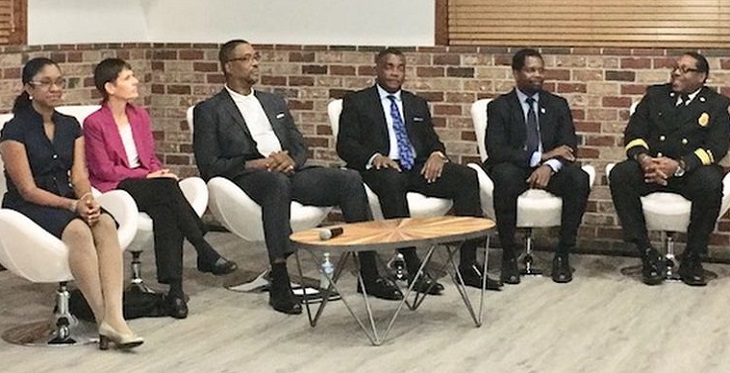I recently had the honor to serve on a panel for the newly incorporated city of Stonecrest, Ga.; a long way from the Southwest, but you’d be surprised at the number of commonalities between the Southeast and Southwest regions of the country.
Ignore geography and weather – if you can – and think about demographics and population. Both regions have large states with significant portions that are very rural. Both regions also have large minority populations that live in both rural and urban sectors, and often have limited access to healthcare for a variety of reasons. They also have large populations that suffer from chronic medical conditions such as diabetes and heart disease that often go uncontrolled due in part to lack of ready access to healthcare and health education services.
Enter telemedicine.
Stonecrest is not a rural city. It’s located less than 20 miles from the center of Atlanta. So what’s special about Stonecrest? It was incorporated in 2016 and wants to be a “smart city” – in fact it wants to be the “smart city” – a model for other cities around the U.S. and world to look to.
Back to the panel – it was convened by Dr. Diane Daniels Adoma, councilwoman of Stonecrest District 5 (www.stonecrestga.gov), at a newly established business entrepreneur incubation center. The panel brought together experts to discuss various aspects of what a smart city would look like.
I represented telemedicine; the other panelists were an architect, the city fire chief, a business entrepreneur/developer, a data security expert and a chemical engineer.
Although the areas of expertise were so diverse, it was interesting to note the key common points that were discussed. For instance, a smart city would offer convenience; it would offer easy and ready access to resources and goods; it would connect citizens to each other and those running various services, such as government, healthcare and emergency response. It would reduce costs of some services, and it would build a connected infrastructure that would attract people to live and do business there.
It would simply improve life for everyone, everywhere, any time, by utilizing digital technology and communications. And that just about sums up what telemedicine has been advocating for over the past 20 years or so.
What this points to is a fundamental aspect of telemedicine that rarely gets discussed: its integration into the larger realm in which healthcare enterprise operates. By working together with representatives from other areas, such as architecture, engineering, security, emergency services, and government, we can create a vision and a reality that is greater than the sum of individual efforts. Let’s not just make a smart medical home – let’s make a smart city where healthcare is integrated into the broader infrastructure.
What if you could walk into the grocery store and its smart and data-secured architecture would automatically identify you and have knowledge about your diabetes. As you pass by the fruit and vegetable section, your phone would automatically send you a reminder that you need to load up on these items. But as you near the soda and chip section, it sends you a reminder to be strong and not go down that aisle.
Then as you’re walking down the fruit aisle, you slip on a banana peel and cut your arm, falling on the fruit stand. Your smart clothes with wearable sensors detect your fall and automatically contact emergency services to send an ambulance – which naturally has access to your EHR, no matter which facility it’s stored at, and informs the EMTs that you have an allergy to penicillin. The smart city infrastructure manages the lights on the way to the hospital and communicates with the smart cars on those routes to move out of the way, providing a fast and unimpeded drive to the closest ER with the shortest wait time and availability of staff to handle your injury.
The smart network would also send a notice to your PCP that you’re on the way to the ER and enters a note into her EHR. With this information in your record, she would receive a reminder in a few days to contact you and make sure you are mending properly. She could also note that your EHR recorded that you did load your cart up with fresh veggies back at the grocery store, so commends you on your efforts to eat right and manage your diabetes.
This example may seem a bit comical, but the underlying point is what matters. Why can’t we build a smart city that would provide this type of seamlessly integrated communication across time, space and services? Stonecrest is committed to building a smart city. It will take time and it will take commitment and cooperation – and yes, funding – from a wide spectrum of participants.
But the people of Stonecrest will make it happen. And telemedicine will be a part of it.

